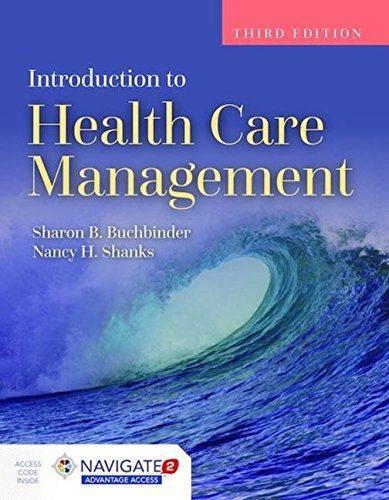Question
I am interested in investigating the impact of a policy implemented in 2020 aimed at fostering sustained engagement in music-related activities. This policy involves providing
I am interested in investigating the impact of a policy implemented in 2020 aimed at fostering sustained engagement in music-related activities. This policy involves providing a Conditional Cash Transfer to all teenagers 14 years old in 2020. The financial assistance provided by this policy can be utilized over a two-year period until 2022. The theory of change is that by encouraging young individuals to participate in musical activities, it will cultivate lasting habits and increase their involvement in music-related pursuits over the long term. To conduct this analysis, I plan to leverage on large database of administrative data sourced from national statistics institute that monitor from 2000 onwards the frequency of musical activities partecipation. I intend to observe both the treated (those 14 years old) and untreated group (those 15 years old) for a duration of five years following the implementation of the policy. This extended observation period is crucial as it allows for the assessment of policy effects on long-term behavior, which may take time to manifest.
How could I decide whether to choose to run a Difference-in-Difference or a Regression Discontinuity Design? What method is most suitable?
I am stuck at this point:
For DiD The two groups 14 and 15 years old, as they are very close, they should show parallel trend before the policy was enacted. So, the parallel trend should old. Moreover, DiD could give me more possibilities to look for long term effects of the policy with respect to RD?
For RD the RD will estimate LATE valid only around the cut-off. Could 15 years old be a good cut-off point? Is it possible to apply the RD considering that only people of 14 years old get the treatment, i.e. =>15-years-old and <=14-years-old cannot get the treatment? Is that a continuous eligibility index around the cutoff?
Step by Step Solution
There are 3 Steps involved in it
Step: 1

Get Instant Access to Expert-Tailored Solutions
See step-by-step solutions with expert insights and AI powered tools for academic success
Step: 2

Step: 3

Ace Your Homework with AI
Get the answers you need in no time with our AI-driven, step-by-step assistance
Get Started


